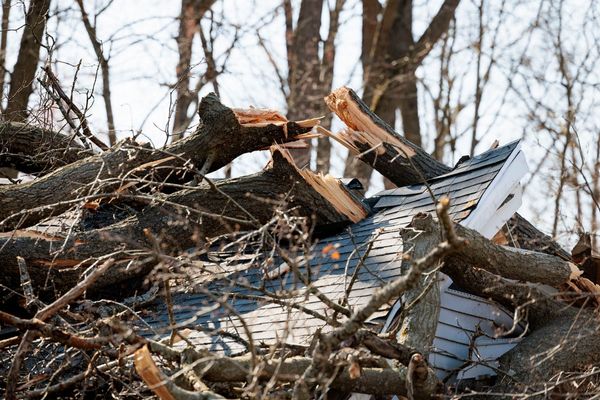
Dawn breaks over a drowned land. Ahead of me, Welney Causeway – one of only three roads across the Ouse Washes – disappears into watery darkness. Waves slap against half-submerged willow pollards, markers of dykes and field boundaries in drier times.
Unwisely, I step off the tarmac. The ground sinks beneath me. What appeared to be mown grass in the shadowy blush of first light is, on closer inspection, a floating skin of water mint leaves and duckweed; a quaggy verge that embodies the ambiguous nature of fenland, described by William Gilpin in 1772 as “half water – and half land – a sort of vegetable fluid”.
“Is that the sea?” my daughter asked yesterday as squally gusts chased white horses across the immensity of the Washes. It is hard to imagine this 2,500-hectare wetland as an engineered landscape, yet that is what it is; created over 350 years ago to store floodwater from the River Great Ouse. Today, the Ouse Washes – Britain’s largest area of seasonally flooded grassland – still protects low-lying fenland towns, villages and agricultural land from inundation.
Although not originally intended for wildlife, the flooded washland provides feeding and roosting sites for tens of thousands of waterbirds such as wigeon, pochard and whooper swans. Flocks of these winter fen-dwellers are on the move now, dark specks against a fiery sunrise, swept along on a raw southwesterly. A whiteness of whoopers passes low overhead: houp-houp-houp-houp! Their spirited bugling banishes the darkness and heralds a new day.

Later I catch up with Leigh Marshall, centre manager at Welney Wetland Centre, who tells me that 8,964 whooper swans have been recorded in and around the Ouse Washes so far this winter.
Having migrated in family groups from Iceland last autumn – some with cygnets as young as three months – they spend their days feeding in nearby fields on waste potatoes and sugar beet tops. Then, every evening at dusk, the swans return to the Washes to roost. I vow to return too, in late spring, when this fluid landscape will be reborn as damp pasture where snipe, lapwings and redshanks breed.
• Country diary is on Twitter at @gdncountrydiary







